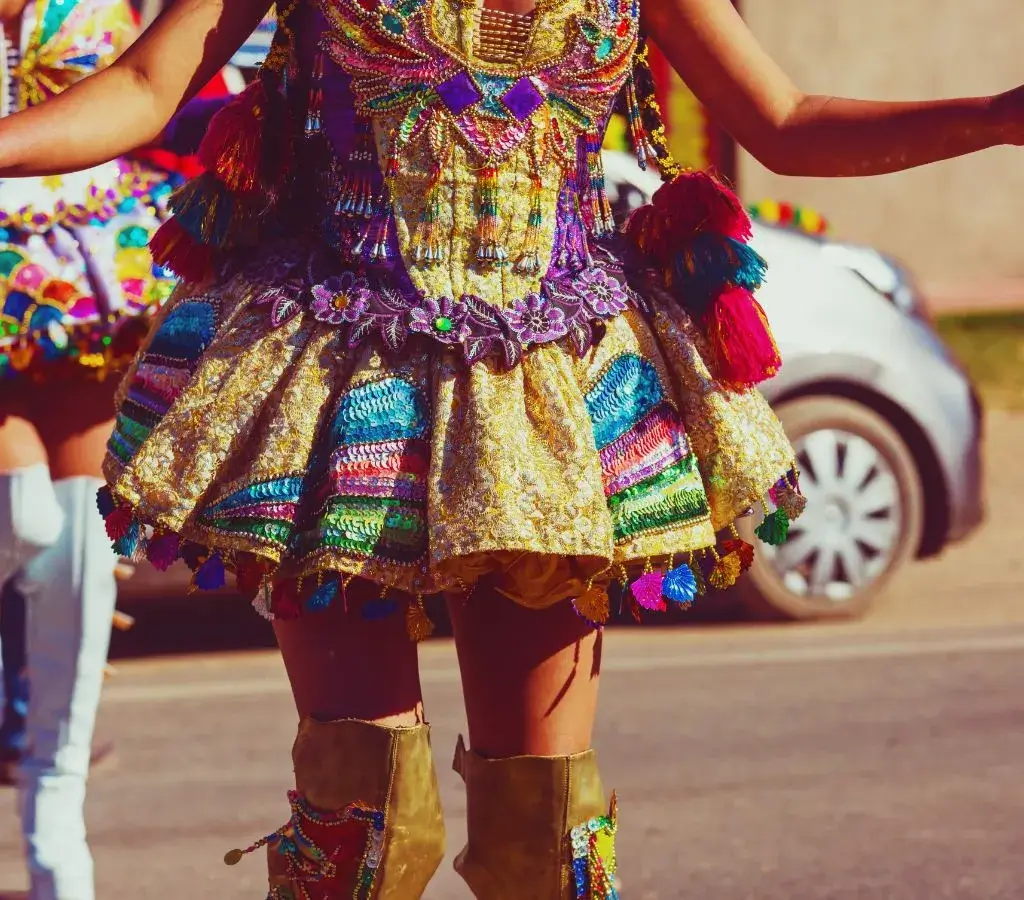The Feast of the Virgin of Candelaria is one of the most ostentatious and colorful religious celebrations in Peru, and one of the most important in the Americas, attracting a large number of musicians, dancers, and spectators.
The word 'Candelaria' comes from 'candelabra' or 'candle,' which refers to the light that guides the way. The Virgin holds a lit candle in her right hand, along with a basket containing two turtledoves, symbolizing the purification of motherhood after 40 days of childbirth, as per Jewish tradition.
The story goes that in 1392, on the island of Tenerife in Spain, the Virgin appeared on a rock to some shepherds. She held two doves in one hand, a child in the other, and a candle, leading to her depiction in wood that was later venerated by the Spanish.
This festival is so significant that it was declared a National Cultural Heritage in 2003 and holds the title of Intangible Cultural Heritage by UNESCO since 2014.
This festival represents the country's vast cultural diversity. Through its music, dances, varied costumes, and cuisine, it showcases the deep devotion and gratitude to the Virgin.
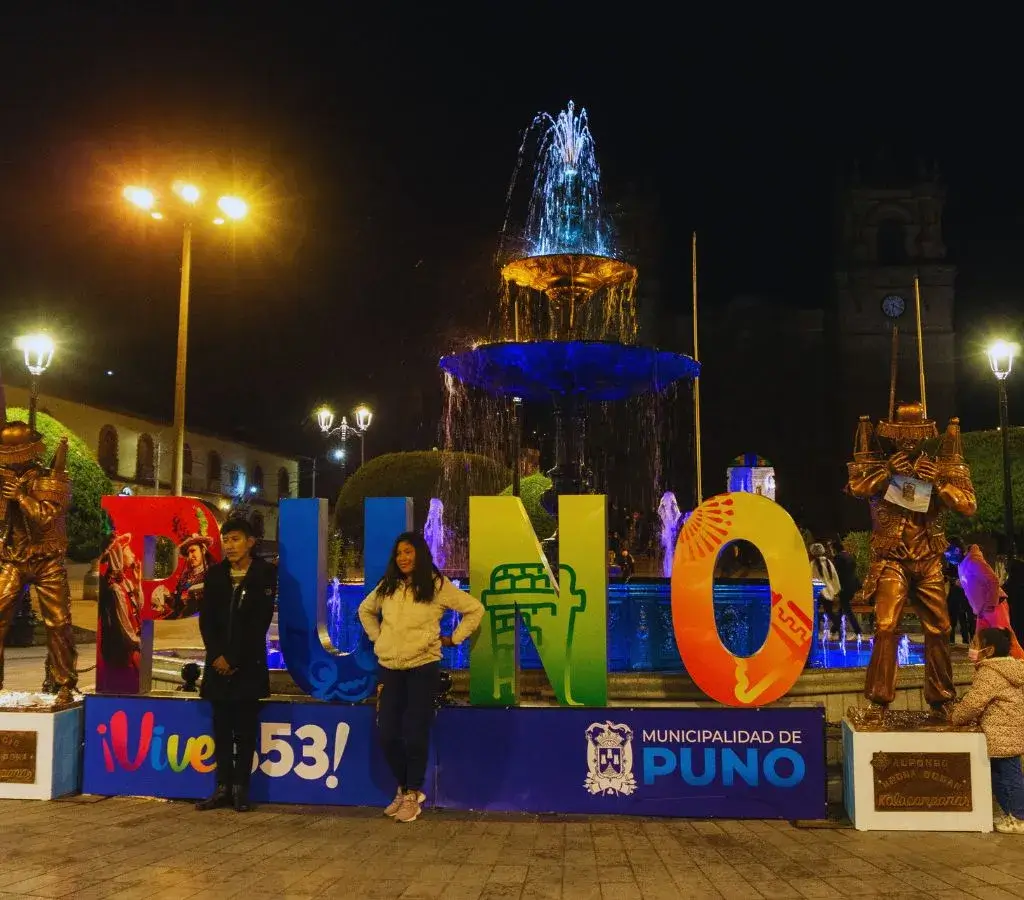
The origins of the Virgin of Candelaria date back to 1392 on the Spanish island of Tenerife in the Atlantic Ocean. It was a mandatory stop for Spanish voyages to the Americas, which is why the image became ingrained in colonial territories.
The devotion in Puno, Peru, began in 1781 when the region was under siege by Túpac Katari's forces. The locals, fearing what might happen, paraded the Virgin with Sikuris (panpipe players). The procession was so massive and noisy that it caused confusion and fear among the invaders, leading them to retreat.
There are three versions of what happened: the first says the invaders mistook the procession for an army; the second claims the occupiers believed the crowd consisted of mounted soldiers; the third suggests they retreated out of respect for the Virgin. All three versions attribute the miracle to the Virgin, who was named their patron saint.
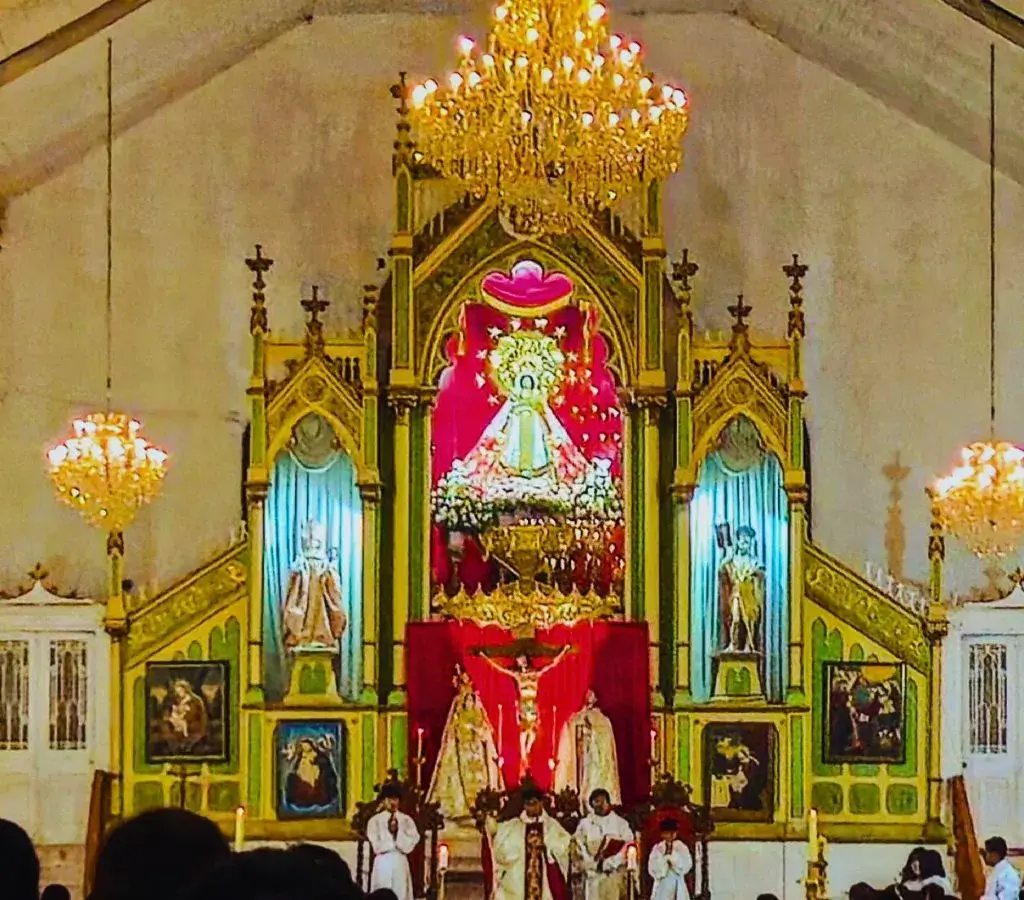
The foundation of the Village of Our Lady of Conception and Saint Charles dates back to September 9, 1668, when the residents were ordered to relocate to a village after the order to destroy the town of San Luis.
The village was named the Village of Our Lady of Conception and Saint Charles due to the devotion of the Viceroy Conde de Lemos, and the village was consecrated by Saint Charles Borromeo.
This is why Puno has roots with San Juan, while the village is dedicated to Our Lady of Conception and Saint Charles.
The Sanctuary of the Virgin of Candelaria is located in the Temple of San Juan. In 1988, Monsignor Jesus Mateo designated it as a sanctuary where the Virgin is celebrated and venerated every year.
The festival begins on January 28 and runs through February 18, with the central day being February 2, when a mass, procession, and competition of native dances like ayarachis and wifalas are held at the Torres Belón stadium. The competition of light costumes, such as the diablada, morenada, and caporales, takes place eight days later, along with a mass and a procession of the Virgin.
During the Feast of the Virgin of Candelaria, it's customary to eat, drink, and decorate everything in sight. No expense is spared, as according to tradition, this symbolizes giving and receiving, with everything serving as an offering in gratitude for the Virgin's miracles.
The dances presented throughout the festival weeks are divided into two types: native dances and light dances.
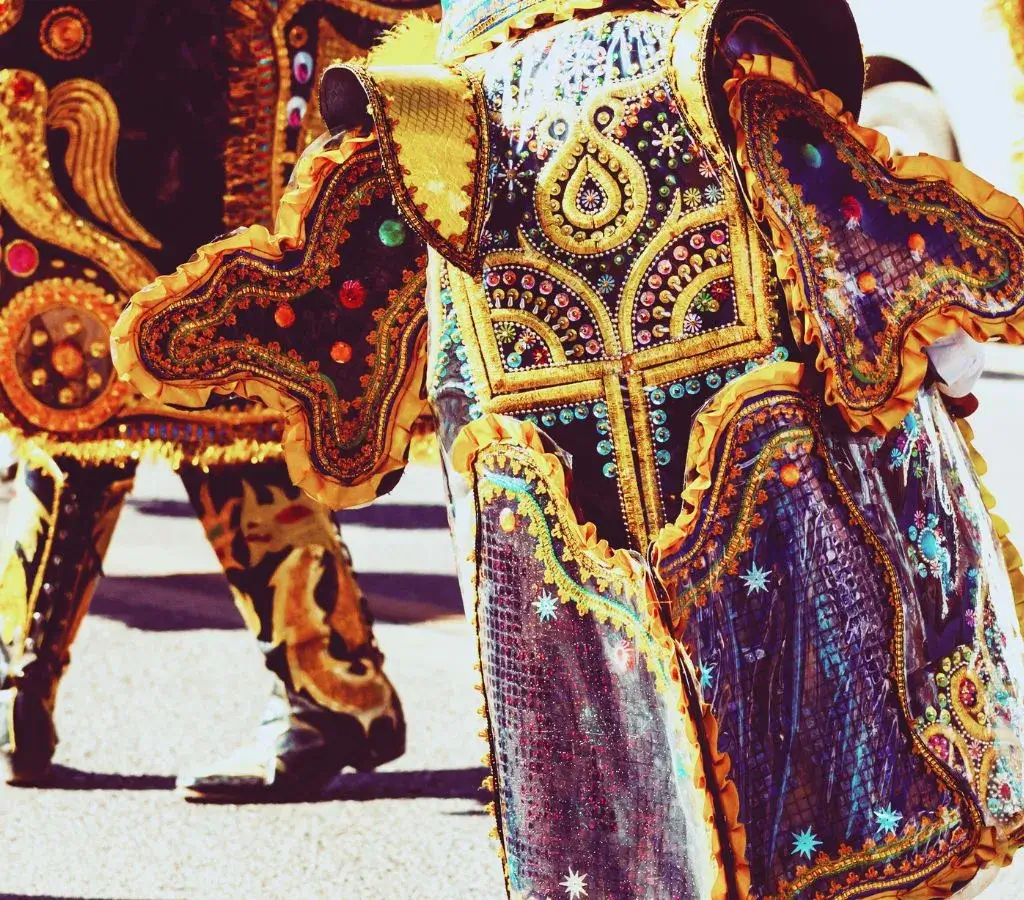
These dances are characterized by their traditional nature, without changes in costumes, instruments, or materials used. Here are some examples:
These are called mestizo dances, allowing variations and innovations in costumes, choreography, and music. That's why these dances are not repetitive.
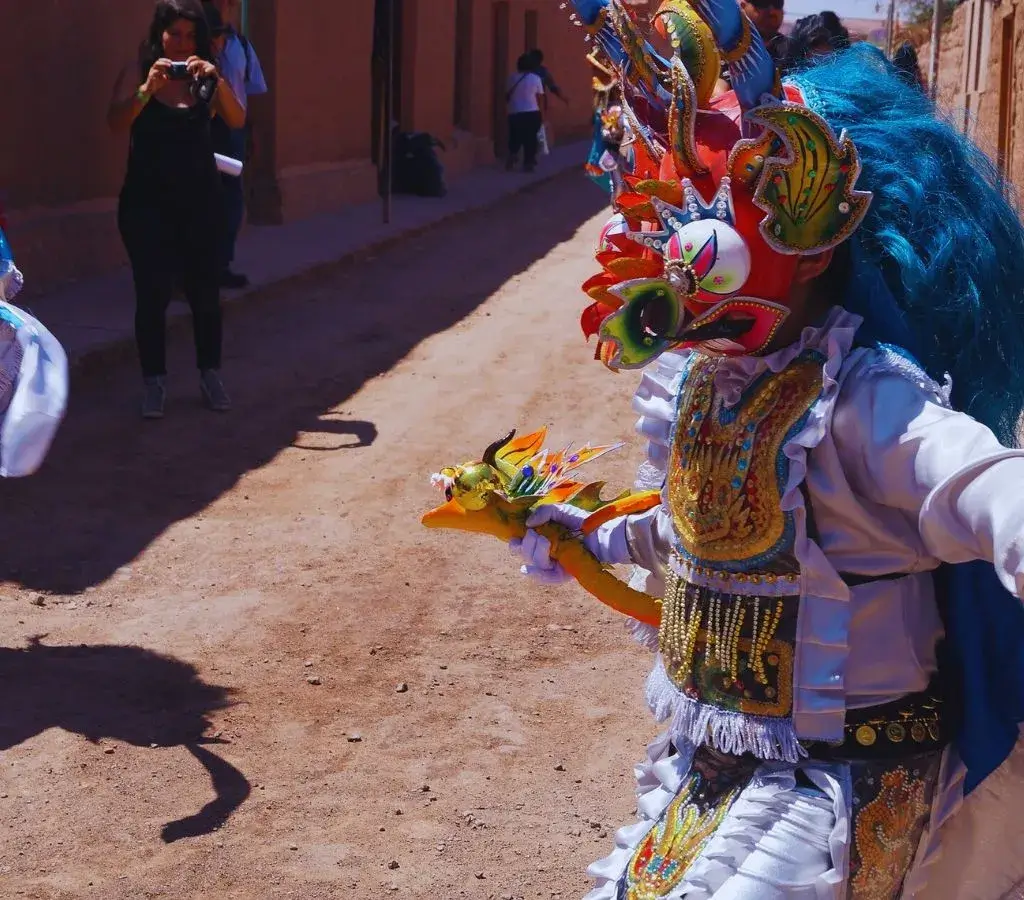
The Feast of the Virgin of Candelaria is celebrated from January 28 to February 18. The central day involves a mass, street parade, and procession, along with the Octave, Veneration, and Cacharpari.
Regarding clothing restrictions, native dances represent the origin and traditions, so their costumes, music, and materials cannot be changed or innovated.
In terms of festival restrictions, using animals like horses, mules, and donkeys is prohibited to prevent animal cruelty. Also, no parties are allowed near the neighborhoods where the festival takes place, to maintain peace and quiet. Additionally, the sale of alcoholic beverages around the festival area is prohibited to avoid disturbances during the weeks of the celebration.
